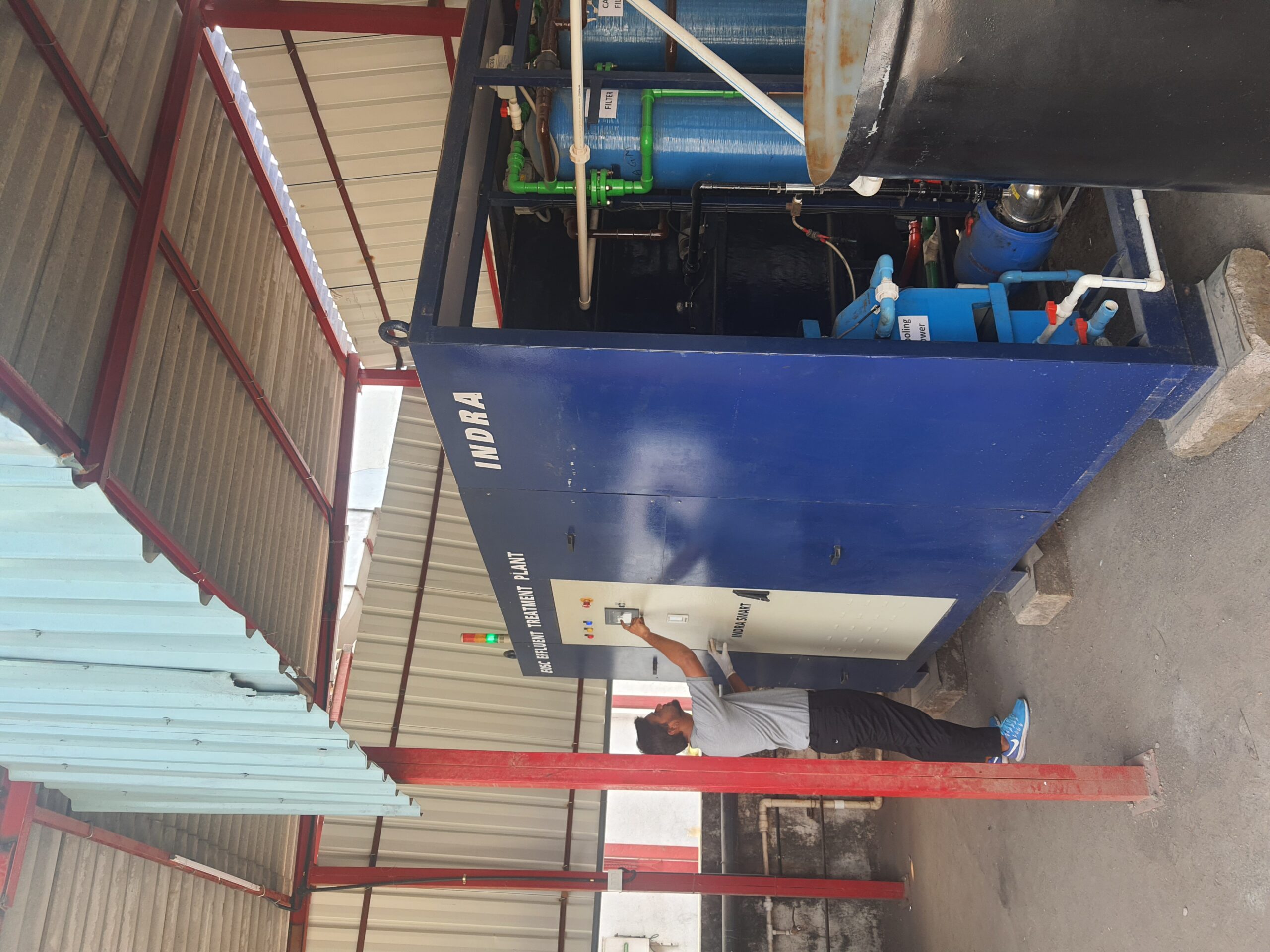Wastewater sits in a particularly inconvenient place for companies. Practically everyone produces it, but few have any good idea of how to deal with it. The roughly 850 km3 of water that global industry used in 2018 (the most recent year of available data) leaves a huge amount to clean up. For decades, the default was to let it flow down the drain. Yet this option is increasingly infeasible due to pollution concerns and climate change destabilizing once-reliable freshwater resources, boosting the need for water reuse and recycling.
As regards water and wastewater in Asia, growing populations are rapidly depleting aquifers and reservoirs. By 2030 demand could eclipse supply by 40%. India faces particularly acute challenges, with 222 million people currently facing water scarcity. This figure is expected to rise to 550 million by 2050. This is by far the largest single cohort of water-stressed people in the world.
Industrial companies are thus looking for novel ways to get more out of the existing water cycle. Enter electro-coagulation (EC) and electro-oxidation (EO), two innovative ways to rid industrial wastewater of pollutants. INDRA, our newest portfolio company—and our first investment in India—is already seeing its EC/EO-based solution helping companies in India and elsewhere manage their water in a nimble, cost-effective way.
In this interview, Kelven Lam, Emerald’s Singapore-based water expert, discusses what sets EC and EO apart and why they could be a boon for industrial water management.

Can you explain how EC and EO work with wastewater?
With EC, electrodes are introduced into wastewater and electric current is passed through. This current causes part of the electrodes to dissolve and form “flocs”, which entraps pollutants like suspended solids and large organic molecules. The flocs are easily removed leaving behind comparatively clean water.
EO also involves an electrical current, but the electrode doesn’t dissolve. Instead, the reaction causes the degradation of several types of dissolved pollutants, including bacteria, ammonia and even “forever chemicals” like PFAS. EO can be used after EC to target recalcitrant substances which may persist even after other treatment methods are applied.
What makes EC and EO better than potential alternatives?
The alternative to EC is a process called chemical coagulation (CC). Instead of electricity, chemical pellets are dissolved into water, which causes a similar reaction. But CC has several drawbacks when it comes to treating industrial wastewater:
- It requires tight control of pH levels.
- It cannot be adjusted quickly if the level of pollution in the water changes unexpectedly.
- It produces large quantities of sludge, which must be processed or disposed of, increasing costs.
- It introduces salinity to the treated water which can hamper water reuse.
EC has none of these problems. In fact, it often removes more pollutants than CC, including substances that CC is not designed to remove, like fats, oils and grease.
For EO, it can be used to treat a wide range of pollutants, even for colored wastewater which alternative oxidation methods such as those that employ ultraviolet light cannot handle.
One big advantage that both EC and EO have over the competition is space: both require a smaller footprint compared to competing technologies, which are generally more suitable for huge municipal treatment facilities. This is a priority for industrial companies in Asia, where space is often at a premium.
Why is this water deal—and this technology—the right fit for Emerald?
Emerald has been increasing its focus on water, especially in Asia, where demand for next-generation solutions is off-the-charts. With this investment, we are contributing towards a vital part of the continent’s future. I think it’s particularly meaningful that this is our first-ever deal in South Asia, a place facing the most formidable water challenges on the planet.
You can read more about the Indra investment in recent coverage in Global Water Intelligence:
Indra Water eyes expansion with new funding – Global Water Intelligence
